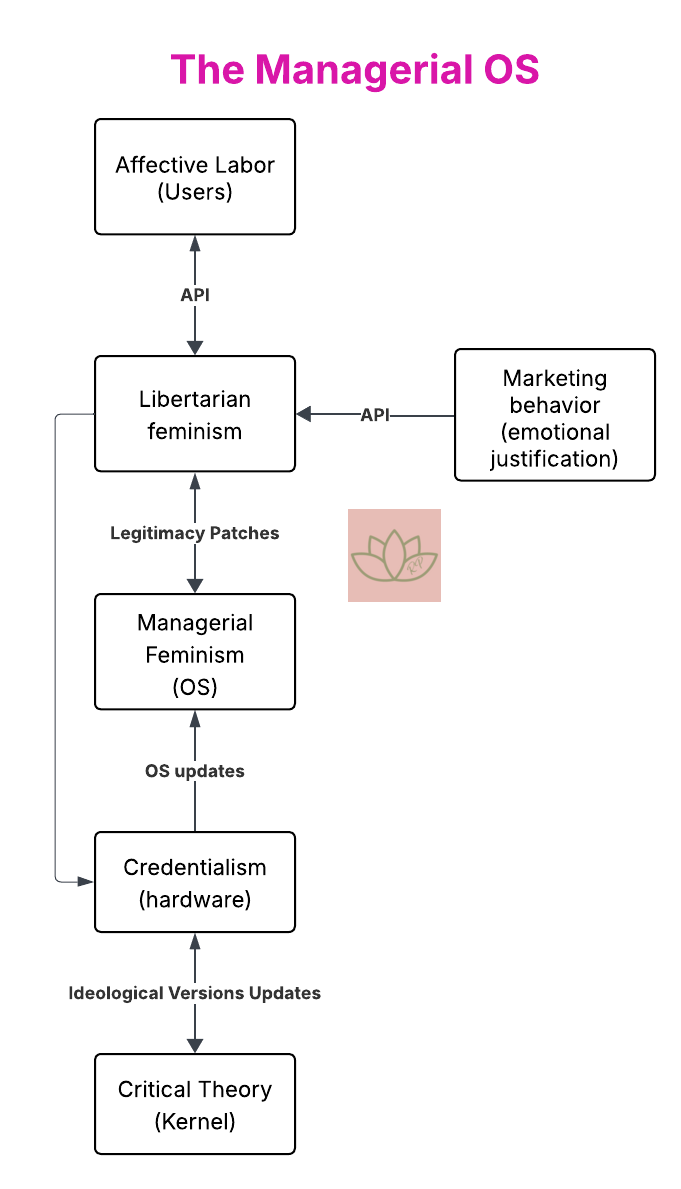The Managerial Operating System
How the professional class functions in a system diagram
I’ve been mapping how the professional class sustains itself, and I'd like to share my findings with you as I work through them. This isn’t finished, and that’s the point. You’re here because I build systems and think out loud in a time when people expect fully formed opinions (that are generally uninformed because they don’t read). I resist the imperative that I must be certain about everything I write and that my mind should never change. I also aim this particularly toward my fellow software architecture nerds.
I’m explaining this minimally because I want to know what you all think it means. What am I missing? What’s unclear? What other diagrams should I make?
If you use this yourself, I would appreciate a citation.
Keep reading with a 7-day free trial
Subscribe to Radically Pragmatic to keep reading this post and get 7 days of free access to the full post archives.



